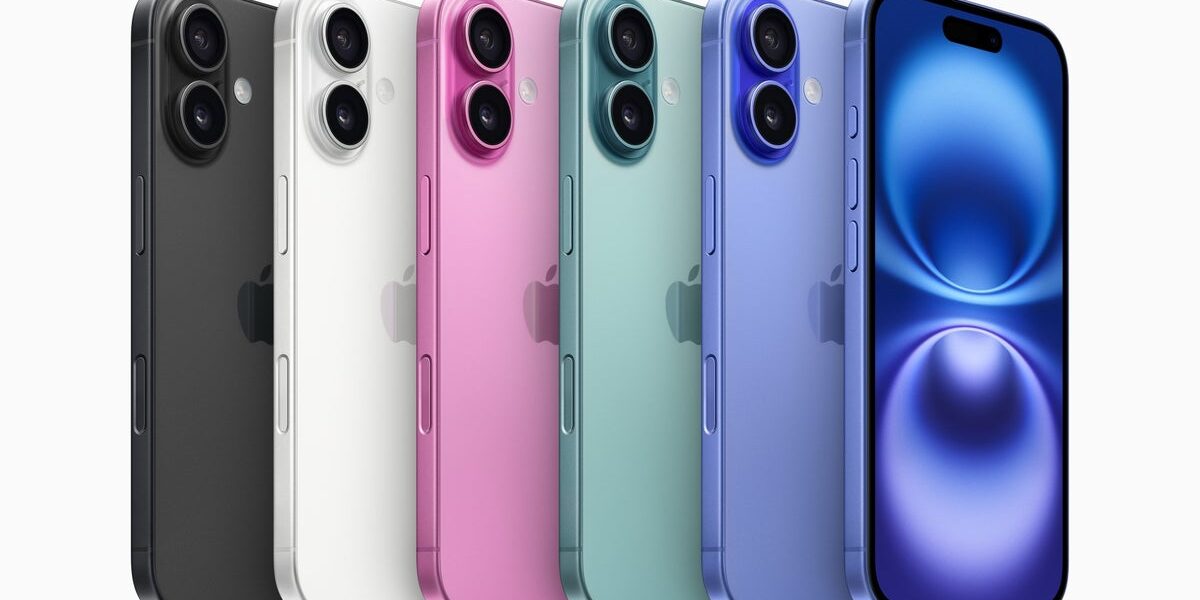Apple’s latest iPhone 16 has been officially announced, but if you were expecting a dramatic shift in design, prepare for a letdown. The new model maintains a look very similar to its predecessors, the iPhone 14 and iPhone 15.
A Familiar Aesthetic
The iPhone 16 continues with the design language established by its recent predecessors. If you’re hoping for a radical change, you might be disappointed. From the outside, it’s hard to tell apart the iPhone 16 from the iPhone 15, making it clear that Apple is sticking with a tried-and-true design formula.
The Price Adjustment
What’s more noteworthy about the iPhone 16 is its price. Apple has chosen to increase the cost of the new model, reflecting a broader strategy of driving higher revenue per unit. Despite the unchanged design, consumers will need to dig deeper into their pockets, which raises questions about the value proposition.
Why the Price Hike?
Apple’s decision to keep the design familiar while upping the price suggests a focus on leveraging its established market position rather than innovating in design. This approach capitalizes on the strong brand loyalty Apple has built, while introducing a price adjustment that aims to boost profit margins.
What This Means for Consumers
For those who appreciate the current design and are willing to pay more, the iPhone 16 will fit right in. However, if you were expecting new features or a refreshed look, this model might not meet your expectations. Apple’s strategy seems to prioritize incremental updates over revolutionary changes.
Final Thoughts
The iPhone 16 introduces a significant price increase without altering the design drastically. Apple’s approach appears to be focused on maintaining its established design while adjusting its pricing strategy. Whether this will resonate with consumers and drive sales is something to watch in the coming months.






